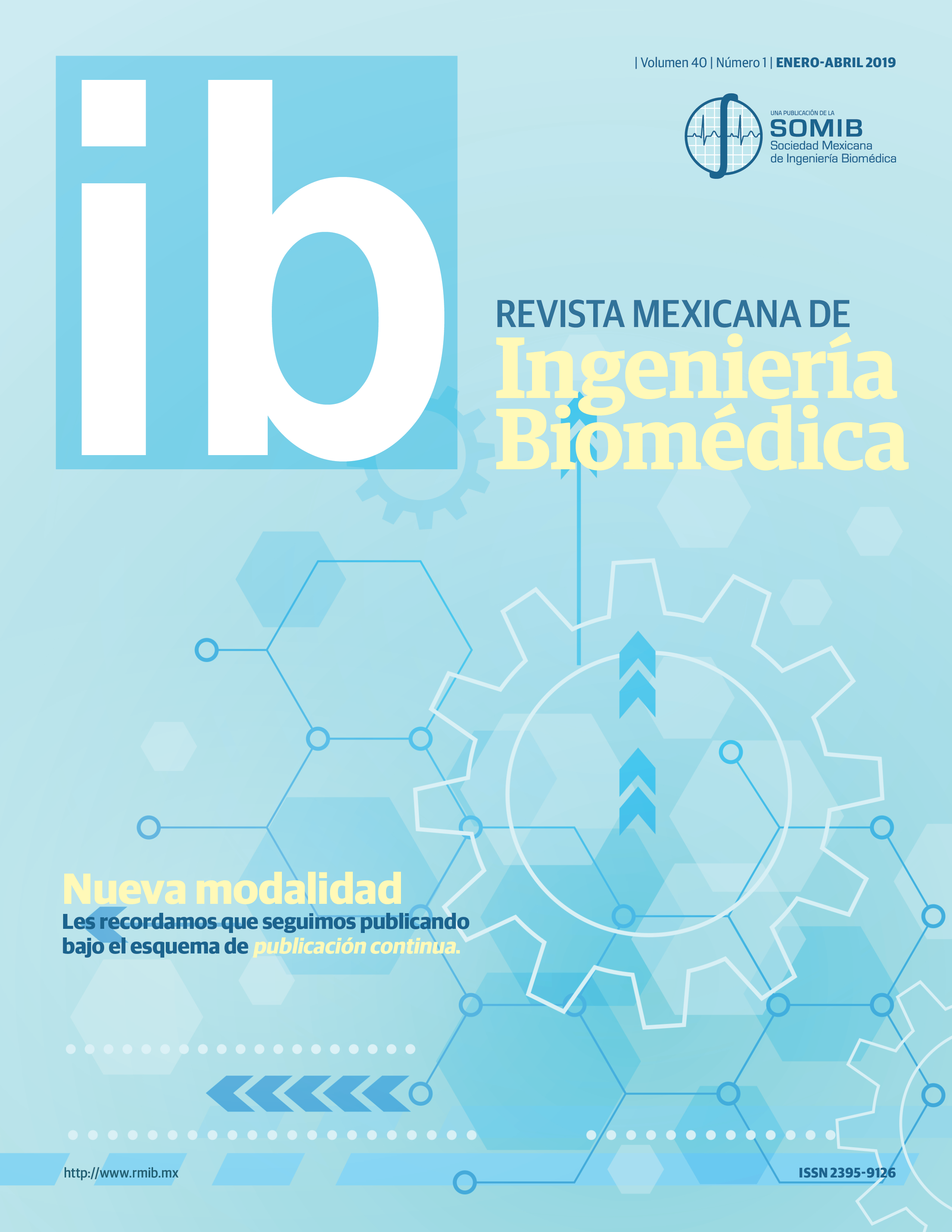Physiological Effects of Pulsed LED Light Added to a Task Lamp to Improve Alertness on Employees of Hospital or Shift Workers
DOI:
https://doi.org/10.17488/RMIB.41.1.2Keywords:
pulsed LED light, flickering, alertness, physiological effects, pupil behaviourAbstract
The aim of this study is to investigate the effect of a continuous stream of pulses of monochromatic blue pulsed (BP) and a combination of blue and green pulsed (BGP) light-emitting diode (LED) light conditions on physiological responses. This study is an approach to clarify the most suitable LED combination and flickering frequency to evoke alertness when a continuous stream of pulsed LED light is delivered and may suggest applications of continuous pulsed light as support for task illumination for shift workers, hospital nurses, school students or office employees. Combinations were delivered by exposures of BP and BGP LED pulses at 100, 200, and 400 Hertz over two background light colors (BLC). Participants were exposed to 12 different light conditions in a counterbalanced procedure. By integrating measures of electroencephalogram (EEG) and pupil constriction; results suggested significant changes in responses during the interaction of BLC, LED, and EEG. Beta waves exhibited a statistically significance (p < 0.05) in arousal levels when exposed to BG light, although no active task was involved during exposure. Furthermore, pupil reacted with larger constriction towards BG exposure than towards monochromatic B exposure, thus demonstrating that a continuous stream of pulses can deliver a large irradiance without affecting perception as no flickering was perceived in any of the conditions.
Downloads
Downloads
Published
How to Cite
Issue
Section
License
Copyright (c) 2020 Revista Mexicana de Ingeniería Biomédica

This work is licensed under a Creative Commons Attribution-NonCommercial 4.0 International License.
Upon acceptance of an article in the RMIB, corresponding authors will be asked to fulfill and sign the copyright and the journal publishing agreement, which will allow the RMIB authorization to publish this document in any media without limitations and without any cost. Authors may reuse parts of the paper in other documents and reproduce part or all of it for their personal use as long as a bibliographic reference is made to the RMIB. However written permission of the Publisher is required for resale or distribution outside the corresponding author institution and for all other derivative works, including compilations and translations.








